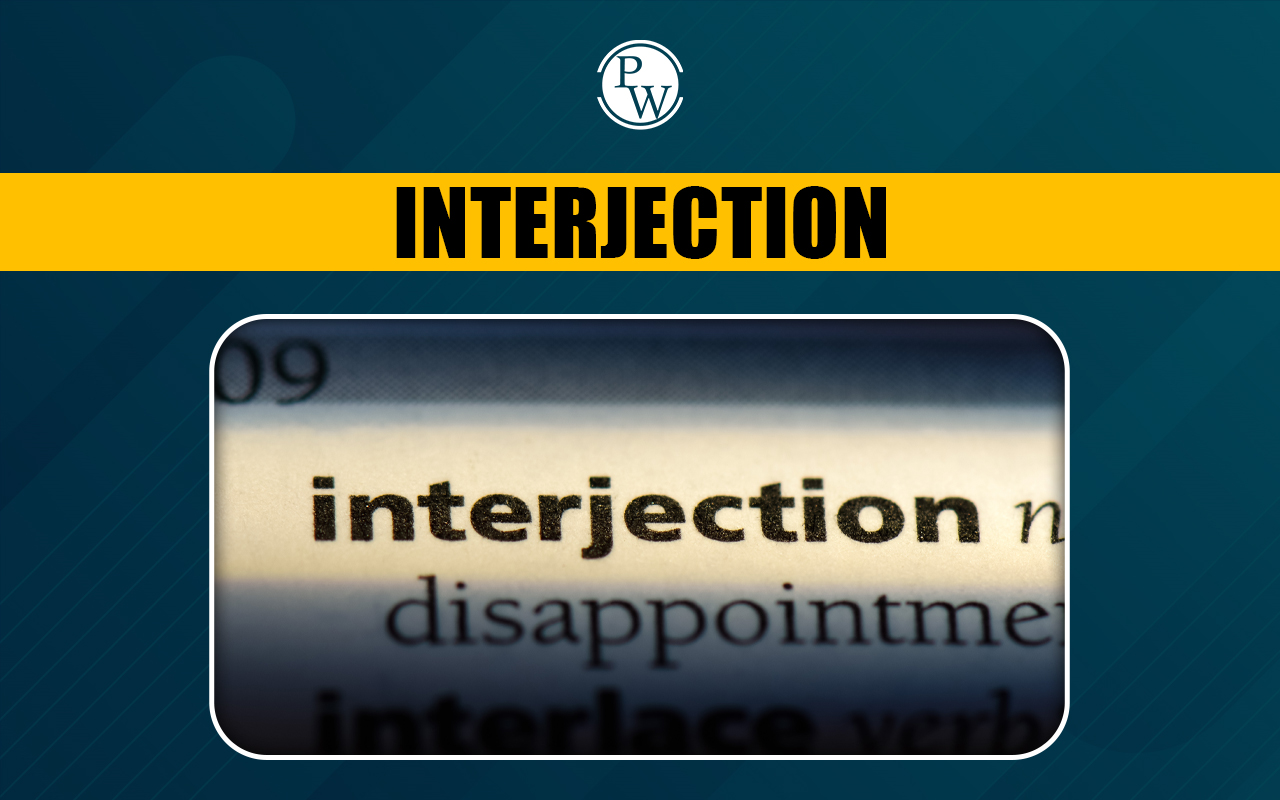
Evaporation is a natural process where a liquid slowly changes into a gas. It mostly happens on the surface of liquids like water. When the sun heats water, the water particles get energy and start to change into water vapour.
We can define evaporation simply as the process where heat makes water change from liquid to gas. The faster the air moves and the higher the temperature, the quicker the process happens. To further understand the evaporation meaning and its types, keep reading.
Read More: Freezing and Melting
What is Evaporation?
Evaporation is the process where a liquid changes into gas at temperatures below its boiling point on the surface of the liquid. For example, when clothes are left to dry, the water in them slowly turns into vapour and mixes with the air. This shows what is evaporation in our daily life.
So, the answer to the question 'What is Evaporation?' is that evaporation happens when a liquid slowly changes into gas after getting heat from the sun or the air. To define evaporation meaning, in short, we can say that it is the slow change of a liquid into vapour without the liquid boiling.
Definition of Evaporation Process
During summer, when we hang wet clothes outside, they dry faster because the heat from the sun gives energy to the water in the clothes, causing it to slowly turn into water vapor and mix with the air. Hence, the definition of evaporation is "It is a process where a liquid changes into a gas from its surface without boiling." It happens more quickly when it’s hot or windy.
Real-Life Examples of Evaporation
Evaporation is a process we see around us every day. Here are some real-life examples that help us understand the evaporation meaning and how it works:
-
Drying of Wet Clothes: When wet clothes are kept under the sun, the water in them slowly changes into water vapour and the clothes become dry. This happens because of evaporation.
-
Water Drying from Ponds and Lakes: In summer, we see that the level of water in ponds and lakes goes down. This is because water from the surface changes into vapour due to heat.
-
Water Cycle: The process of evaporation is a very important part of the water cycle. Water from oceans, rivers, and lakes turns into vapour and rises up to form clouds.
-
Salt Formation: In many places, people make salt by letting seawater stand under the sun. The water slowly evaporates, and salt is left behind.
-
Drying of a Mopped Floor: When we clean the floor with water, it dries after some time. This happens because the water evaporates into the air.
-
Working of Desert Coolers: In summer, desert coolers make us feel cool by using the process of evaporation. Water evaporates from the cooler pads and cools the air that blows inside the room.
Read More: Celsius to Fahrenheit
Types of Evaporation and Evaporators
When we learn about what is evaporation, we get to know that it is the process where a liquid slowly changes into a gas. But in science and industries, evaporation happens in different ways using special machines called evaporators. Let’s learn about some common types of evaporation and evaporators here:
1. Natural Circulation Evaporation
In this type, evaporation happens naturally without using any extra machines to push the liquid. The heat makes the liquid move on its own, and it slowly changes into vapour. An example is an open pan where water gets heated and evaporates.
2. Forced Circulation Evaporation
In this, pumps are used to move the liquid around. This type is used when the liquid is thick or when we want to heat the liquid evenly. It helps speed up the process of evaporation.
3. Falling Film Evaporators
In these evaporators, the liquid flows like a thin film inside heated tubes. This helps the liquid evaporate quickly. Falling film evaporators are used for materials that can get damaged if heated for too long.
4. Rising Film Evaporators
In this type, the liquid is heated inside vertical tubes. As it boils, vapour pushes the liquid upwards, creating a thin film that helps in quick evaporation.
5. Thin Film Evaporators
Here, the liquid spreads as a very thin layer on a hot surface. Special machines keep the film thin, so the evaporation happens fast and smoothly.
These are the main types of evaporation and evaporators that help in different processes in industries and science labs. They show how evaporation meaning changes based on where and how we use it.
Read More: Different Types of Materials
Factors Affecting The Process of Evaporation
The process of evaporation is not always the same. Sometimes, it happens quickly and sometimes very slowly. This is because some factors, as explained below, can speed up or slow down evaporation.
1. Temperature
The higher the temperature, the faster the evaporation. When the temperature increases, the liquid molecules get more energy. This energy helps them break free and turn into vapour quickly. For example, wet clothes dry faster in summers than in winters.
2. Surface Area of the Liquid
Evaporation happens faster when the liquid is spread over a large surface area. This is because more liquid molecules are exposed to the air at the same time. For example, water in a wide plate will evaporate faster than the same amount of water in a small glass.
3. Humidity
Humidity means how much water vapour is already present in the air. When the air is full of moisture (high humidity), evaporation happens slowly because the air cannot take in more water vapour. For example, during the rainy season, clothes take longer to dry because the air is already humid.
4. Wind Speed
When the wind blows faster, evaporation also increases. This is because the wind carries away the water vapour from the surface, making space for more liquid to evaporate.
For example, clothes dry faster on a windy day compared to a still day.
These are the four main factors affecting the process of evaporation: temperature, surface area, humidity, and wind speed. Each of them plays an important role in how quickly a liquid changes into gas.
Also Read: Solar system
What is the Difference between Evaporation and Vaporization?
Evaporation is a surface process where liquid changes into gas slowly and can happen at any temperature. It takes place only on the surface of the liquid. For example, when wet clothes dry in the sun, that is evaporation. It is a slow process and does not need much heat.
On the other hand, vaporization is a bulk process that happens quickly throughout the liquid, not just on the surface. It usually happens at a fixed temperature called the boiling point. For example, when we boil water to make steam, it is vaporization. This process needs more heat and happens faster than evaporation.
Strengthen Your Child’s Science Learning with CuriousJr
Many children find science tough because they think it is full of tough terms and long explanations. It is often a struggle for them to understand how science works in real life, which makes them lose interest in the subject, resulting in low marks in exams.
CuriousJr’s Online Science Tuition is specially designed to make science simple and fun for kids. With live interactive classes, the two-teacher model, regular homework support, and easy explanations, students can build a strong understanding of science step by step.
Daily performance tracking and personal attention help students grow confidently. Book a demo class today, and see how CuriousJr’s science online classes can make learning easier and more enjoyable for your child.
Evaporation FAQs
What is evaporation meaning in science?
Give two real-life examples that define evaporation process.
What is the difference between evaporation and boiling?
Is evaporation similar to vaporization?










